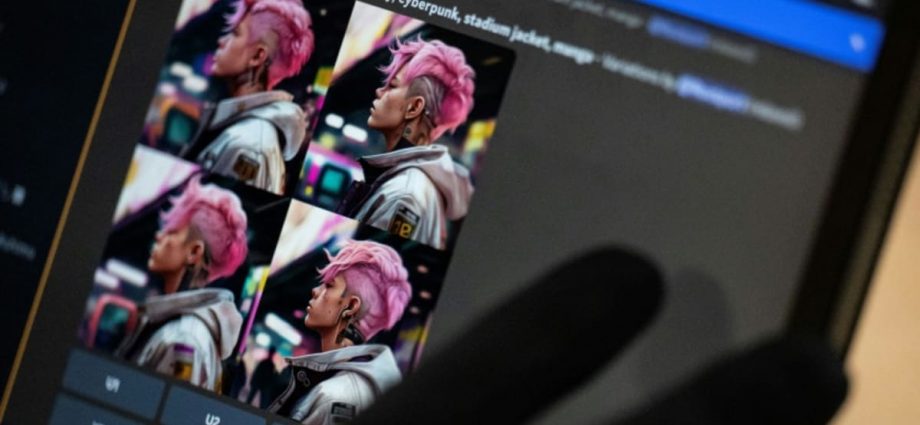
“HUMANS STILL DOMINATE”
Some manga artists welcome the new possibilities offered by the technology.
“I don’t really see AI as a threat – rather, I think it can be a great companion,” Madoka Kobayashi, whose career spans over 30 years, told AFP.
Artificial intelligence can “help me visualise what I have in mind, and suggest rough ideas, which I then challenge myself to improve,” she said.
The author, who also trains aspiring manga artists at a Tokyo academy, argues that manga isn’t just built on aesthetics, but also on cleverly devised plots.
In that arena, “I’m confident humans still dominate”.
Even so, she recoils at copying directly from computer-generated images, because “I don’t know whose artwork they’re based on”.
At Tokyo Design Academy, Kobayashi uses figurines to help improve the students’ pencil drawings, including details ranging from muscles to creases in clothes and hair whorls.
“AI art is great … but I find human drawings more appealing, precisely because they are ‘messy’,” said 18-year-old student Ginjiro Uchida.
Computer programmes don’t always capture the deliberately exaggerated hands or faces of a real manga artist, and “humans still have a better sense of humour”, he said.
Three major publishers declined to comment when asked whether they thought AI could disrupt Japan’s human-driven manga production process.
Rootport doubts fully AI-drawn manga will ever become mainstream, because real artists are better at making sure their illustrations fit the context.
But, “I also don’t think manga completely unaided by AI will remain dominant forever”.

